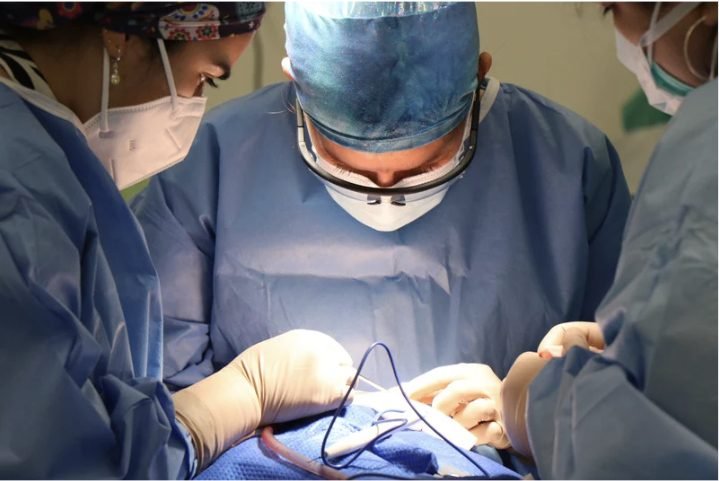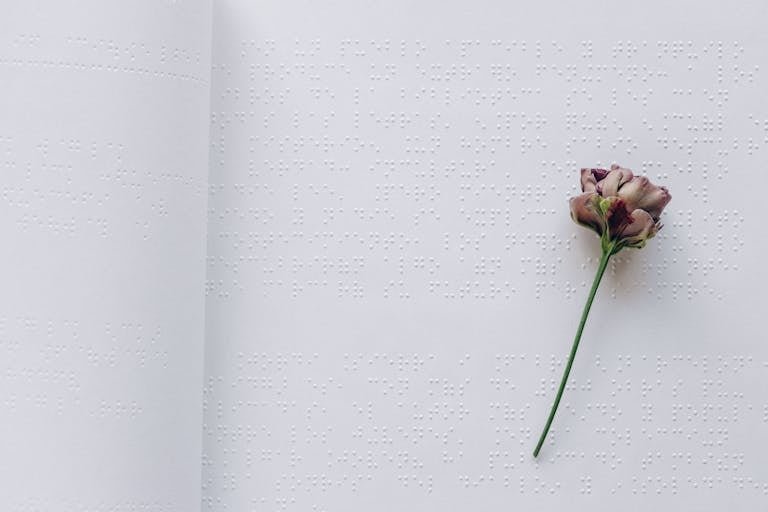LASIK Surgery: A Comprehensive Guide
LASIK Surgery: A Comprehensive Guide
Refractive surgery like LASIK, LASEK, Femto LASIK, PRK, or Smile surgery could be the life-changing solution you need, If you’re tired of reaching for your eye glasses every morning or dealing with contact lenses. These procedures can help you achieve clear vision and enjoy a glasses-free lifestyle.
Looking for a refractive surgery center near you in Canada or the US? Jump to the refractive surgery info section. For those considering LASIK in Canada and the US, clinics like LASIK MD in Canada and LASIK Plus in the US offer state-of-the-art technology and experienced surgeons to ensure the best possible outcomes.
You might have already heard about various types of refractive error surgery like LASIK.
Before getting LASIK or any refractive surgery, there are important questions you need to consider.
Here is a list of essential questions you should know the answers to:
- Is it safe? what are the side effects?
- In general, yes, LASIK is one of the safest surgical procedures, but there can be short-term side effects and symptoms. Some long-term side effects may occur, but there is no need to worry. During your consultation and assessment appointment, your examiner will ensure your safety and inform you of any potential concerns.
- How much will it cost?
- The cost of refractive surgery varies based on location, surgeon fees, expertise, and the technology used. For example, at LASIK MD in Canada, prices start at $490 per eye. At LASIK Plus in the US, PRK starts at $1,099 per eye.
- How long is the recovery?
- LASIK and SMILE surgery recovery is quick, 24-48 hours within surgery, and PRK recovery, takes several days to a week.
- Which refractive surgery procedure is better: LASIK or PRK?
- There’s no definitive answer as to which is better. The choice between LASIK and PRK depends on your specific eye condition and needs. LASIK offers a quicker recovery time, while PRK is often recommended for those with thinner corneas. Each center may use one or both procedures based on their expertise. Read more about them later in this post.
- Where is the best place for refractive surgery? How to find them?
- Based on their reputations, top-rated surgeons, experience, technology, accreditation (following strict safety standards), thorough consultations, and cost (some clinics offer payment plans to make the procedure more affordable).
- Based on these factors, to make it easier for you, I recommend two well-known refractive surgery centers: LASIK MD in Canada and LASIK Plus in the US.
- Who is eligible for the refractive error surgery?
- Age:Typically, at least 18 years old.
- Stable Vision: Stable prescription for at least one year.
- Eye Health: Healthy eyes with no diseases such as glaucoma or cataracts.
- Corneal Thickness: Adequate corneal thickness is needed for procedures like LASIK.General Health: Good overall health, with no conditions that could affect healing.Realistic Expectations: Understanding the potential risks and benefits of the surgery.
What is Refractive Error Surgery?

Refractive error surgery is a general term for procedures that correct common vision problems such as myopia (nearsightedness), hyperopia (farsightedness), and astigmatism. These surgeries reshape the cornea, allowing light to be properly focused onto the retina, resulting in clear vision. The most popular types of refractive error surgeries are LASIK and PRK.
Different Types of Refractive Surgery
There are many keratorefractive procedures available, but the most common types involve using Excimer laser and femtosecond laser technologies.
Each surgical center may have its preference for which technology to use or may offer both options based on patient needs and surgeon expertise.
Here is a list of the most common and well-known refractive surgeries:
1. LASIK (Laser-Assisted In Situ Keratomileusis)

- Procedure: A laser is used to create a thin flap in the cornea. The flap is lifted, and another laser reshapes the underlying corneal tissue to correct the refractive error. The flap is then repositioned.
- Recovery: Rapid recovery, with most patients experiencing improved vision within 24-48 hours.
- Suitability: Ideal for patients with mild to moderate Nearsightedness (myopia), Farsightedness (hyperopia), and astigmatism.
- Common Limitations: Thin Cornea, epithelial dystrophy, severe dry eye
2. PRK (Photorefractive Keratectomy)
- Procedure: The outer layer of the cornea (epithelium) is removed, and a laser reshapes the underlying corneal tissue. The epithelium grows back over time.
- Recovery: Longer recovery time compared to LASIK, typically several days to a week.
- Suitability: Suitable for patients with thinner corneas or those who are not candidates for LASIK.
3. SMILE (Small Incision Lenticule Extraction)

- Procedure: A laser creates a small, disc-shaped piece of tissue within the cornea, which is then removed through a small incision.
- Recovery: Similar to LASIK, with quick visual recovery.
- Suitability: Often used for patients with myopia and mild astigmatism.
- Advantage:
- More proper for people who involved in contact with others like in some sports ( no corneal flip is created)
- effect less from environmental condition such as humidity or dryness, temperature and air quality compare to LASIK and PRK.
Long term result:
All three discussed procedures offer similar long-term visual outcomes, with high satisfaction rates among patients.
4. RLE (Refractive Lens Exchange
- Procedure: Similar to cataract surgery, the eye’s natural lens is replaced with an artificial intraocular lens (IOL) to correct refractive errors.
- Recovery: Typically a few days to a week.
- Suitability: Ideal for patients with high refractive errors or presbyopia (age-related farsightedness).
What Are the Side Effects of Refractive Surgery?
While refractive surgeries like LASIK are generally safe, or we can say one of the safest surgery procedure and effective, they come with potential risks and side effects. It’s important to be aware of these, and ask your surgeon about them during consultation and eye exam to make sure you are a good candidate
1. Dry Eyes:
- Description: Reduced tear production post-surgery, leading to dry, uncomfortable eyes.
- Management: Typically temporary, managed with artificial tears or prescription eye drops.
2. Glare, Halos, and Starbursts:
- Description: Visual disturbances, especially at night, where lights appear with halos or starbursts.
- Management: Usually diminish over time; night driving glasses may help.
3. Under-correction or Over-correction:
- Description: Vision is not fully corrected, or is over-corrected, possibly requiring additional surgery or glasses.
- Management: Enhancement procedures can correct under-correction or over-correction.
4. Flap Complications (LASIK-specific):
- Description: Issues with the corneal flap created during LASIK, such as dislocation or infection.
- Management: Immediate medical attention is required to manage complications.
5. Regression:
- Description: Gradual return of the original refractive error.
- Management: Rare, but enhancement surgery may be necessary.
Do you know anyone who has had refractive surgery? How was their experience? Share with us.
Sources:
- American Academy of Ophthalmology. (n.d.). LASIK Eye Surgery. Retrieved from aao.org
- Mayo Clinic. (n.d.). LASIK Surgery: Risks and Complications. Retrieved from mayoclinic.org
- LASIK MD. (n.d.). LASIK Eye Surgery. Retrieved from lasikmd.com
- All About Vision: LASIK Eye Surgery
- American Refractive Surgery Council: LASIK Candidacy
- Mayo Clinic: LASIK Surgery
- WebMD: LASIK Eye Surgery
- Johns Hopkins Medicine: LASIK
- FDA: LASIK Eye Surgery








Leave a Reply